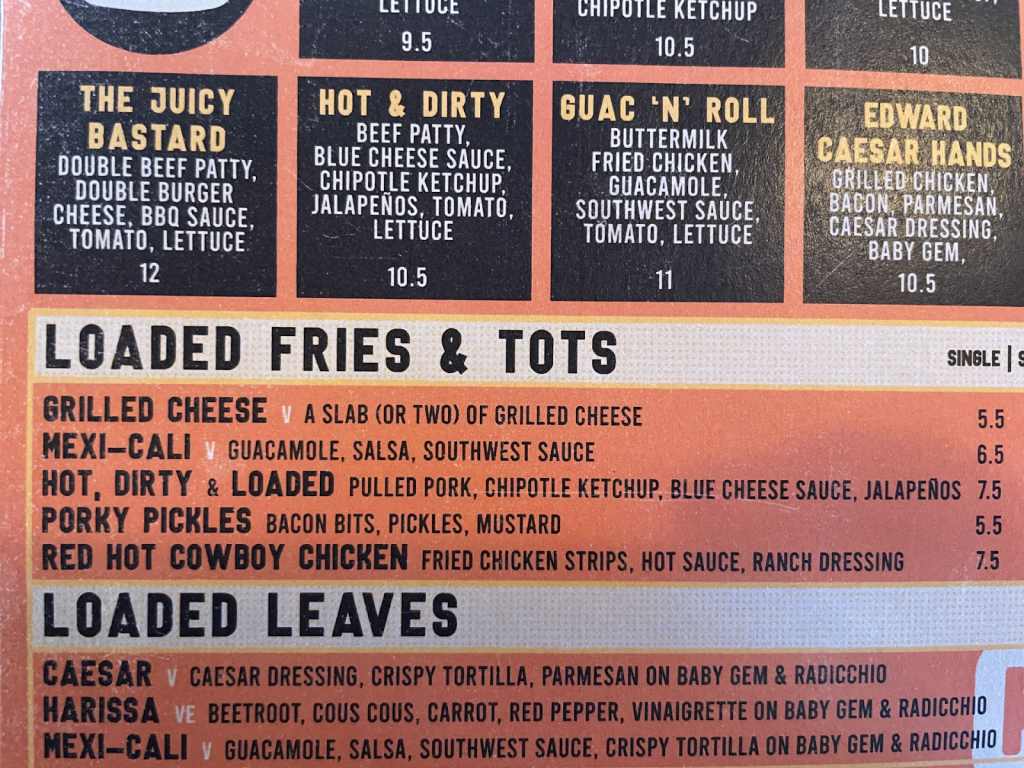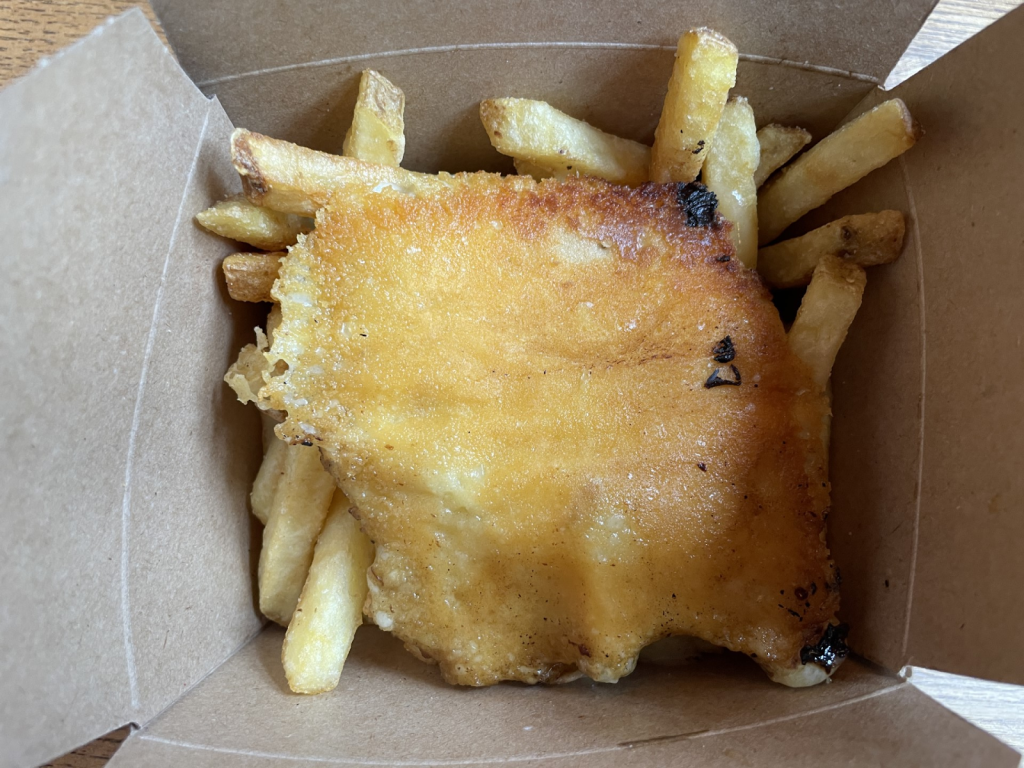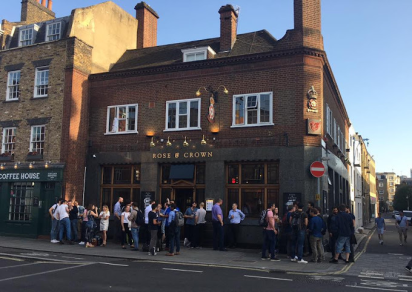
If you ever visit the CCX office, chances are we’ll take you out for lunch at our local pub, which may as well be sponsored by us by this point.
This pub has been CCX’s go-to lunch spot for at least as long as I have worked here – we enjoyed a team lunch there on my very first day at CCX back in April 2022. We are loyal customers; everyone has their go-to order and we are advocates for the brand.
For the first time, the pub has recently updated and expanded their menu. These changes, and our responses to them highlighted some interesting behavioural patterns we see everyday in experimentation.
1. New is interesting
The first behavioural shift happened upon seeing this new menu. Quite a few people chose something new, due to the novelty. However, half said they would likely return to their usual order the next time we visited.
What can we learn from this?
When you introduce a new feature or product, many returning customers may show initial interest or excitement due to the fact the feature is new (known as the ‘Novelty effect’), but this won’t necessarily remain. It’s important not to make any decisions in the early days of any test, and instead wait for a higher level of significance to counteract any early impact of this novelty effect, and potentially consider the actions of returning customers who have seen the new feature more than once. This is also why it’s important to consider your test duration upfront, ideally covering a full sale cycle and achieving adequate power.
2. Some people are stuck in their ways
As a stark opposite to the first point, quite a few team members were not swayed by the new offerings, and instead stuck to their tried-and-tested favourites. They were generally content – not overly excited but similarly not disappointed. Seeing the new items as they arrived sparked some curiosity, but otherwise they were unmoved.
What can we learn from this?
Some loyal customers are very stuck in their ways, and are not interested in changing. They’ll find comfort in being able to purchase the same things in the same ways as they have always done, and won’t be swayed by new offerings, even if they may be better. Utilising a phased approach to gradually remove offerings, allowing visitors to first get used to your new offering, may prevent a negative, knee-jerk reaction and instead maintains customer sentiment.

3. Product descriptions can be misleading, even when they’re not
Two of the new menu items were very clearly labelled and described, and in fact delivered exactly as described…to two very different reactions. Firstly, a burger described as ‘grilled chicken, bacon, parmesan, caesar dressing, baby gem’ delivered exactly that, but looked a little sad (as did the colleague who had ordered it). He had expected ‘more’, but admitted that it was as described. On the other end of the spectrum, the ‘grilled cheese’ fries, described as having ‘a slab (or two) of grilled cheese’ arrived…with a slab of cheese on top, rather than a generic cheese sauce or grated cheese, which is what was expected. In this case, we were pleasantly surprised, although again admitted it came as described.

What can we learn from this?
Product descriptions are very important – although you may deliver exactly as described, the chances are your customers are sometimes expecting more or less and may end up disappointed if it doesn’t match up to their own expectations.
You should always be delivering as described, but if you’re able to bring a moment of delight or surprise that is even better! This also emphasises the importance of product images too – the menu we used was just text, so we had no idea what to expect. If there were images, we may have felt better informed to make a decision. Depending on what your experiment is you could utilise features such as educational prompts, transparent overlays and clear imagery to support the decision making process and usability of new features.
4. Long term value
Overall, we had a fairly mixed experience on this trip due to the new menu items. However, we will definitely be returning as we appreciate the general standard and many of us are brought into the food (‘the brand’) – it would take a lot for us to be dissuaded at this point. In return for this loyalty we are also extended perhaps better service and trust than others – we took up quite a large amount of space for quite a while, progressing from food to general socialisation, without spending any further money. Whilst I might expect to be asked to move or pay in other places, here there is that feeling that we will be returning countless times, and it is important to maintain that relationship.
What can we learn from this?
Loyal customers are extremely valuable, and they provide key insights. They will be quick to feedback any dislike (either overtly or through their actions), but are more likely to return than a new customer, and therefore pose slightly less risk.
Loyalty and long term value can also be more beneficial than short term gain, so sometimes it is worth prioritising the customer experience over making a sale, if this could translate to more sales in the future, as well as acquisition via word of mouth.
Consider the lifetime value of a customer and whether their goals would be different from a single time converter. What value do you offer a customer to persuade them to return? This is where personalisation can be an invaluable source of inspiration, as long as it’s done correctly.
Conclusion
Our visit to the local pub offered valuable insights into customer loyalty and behaviour, and highlighted the usefulness of analysing real-world examples and considering their relevance to online digital optimization. By studying and adapting to real-world observations, you can gain a deeper understanding of your own customer behaviour and optimise your digital strategies, building stronger customer relationships, fostering loyalty, and ultimately driving long-term success.


